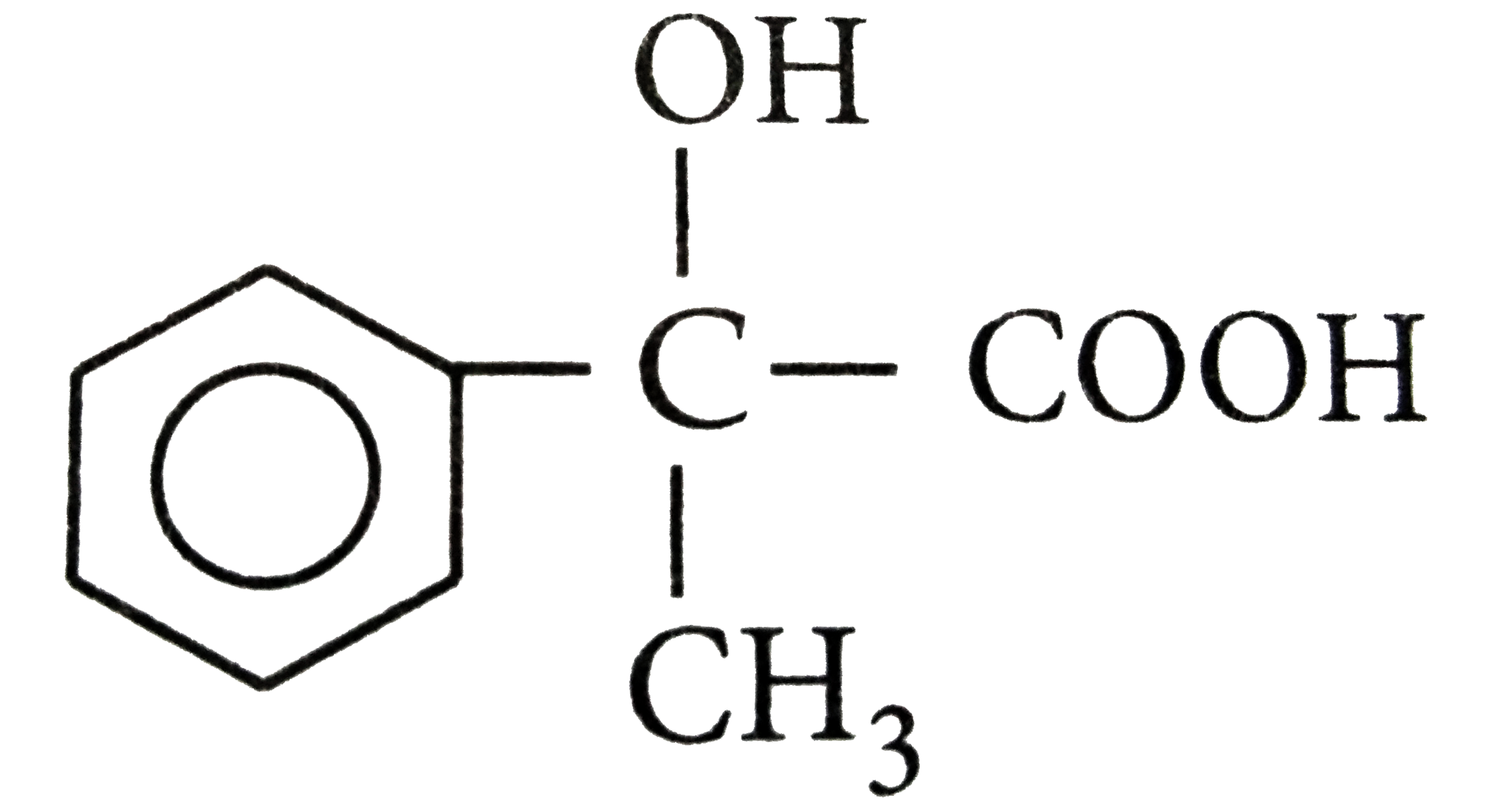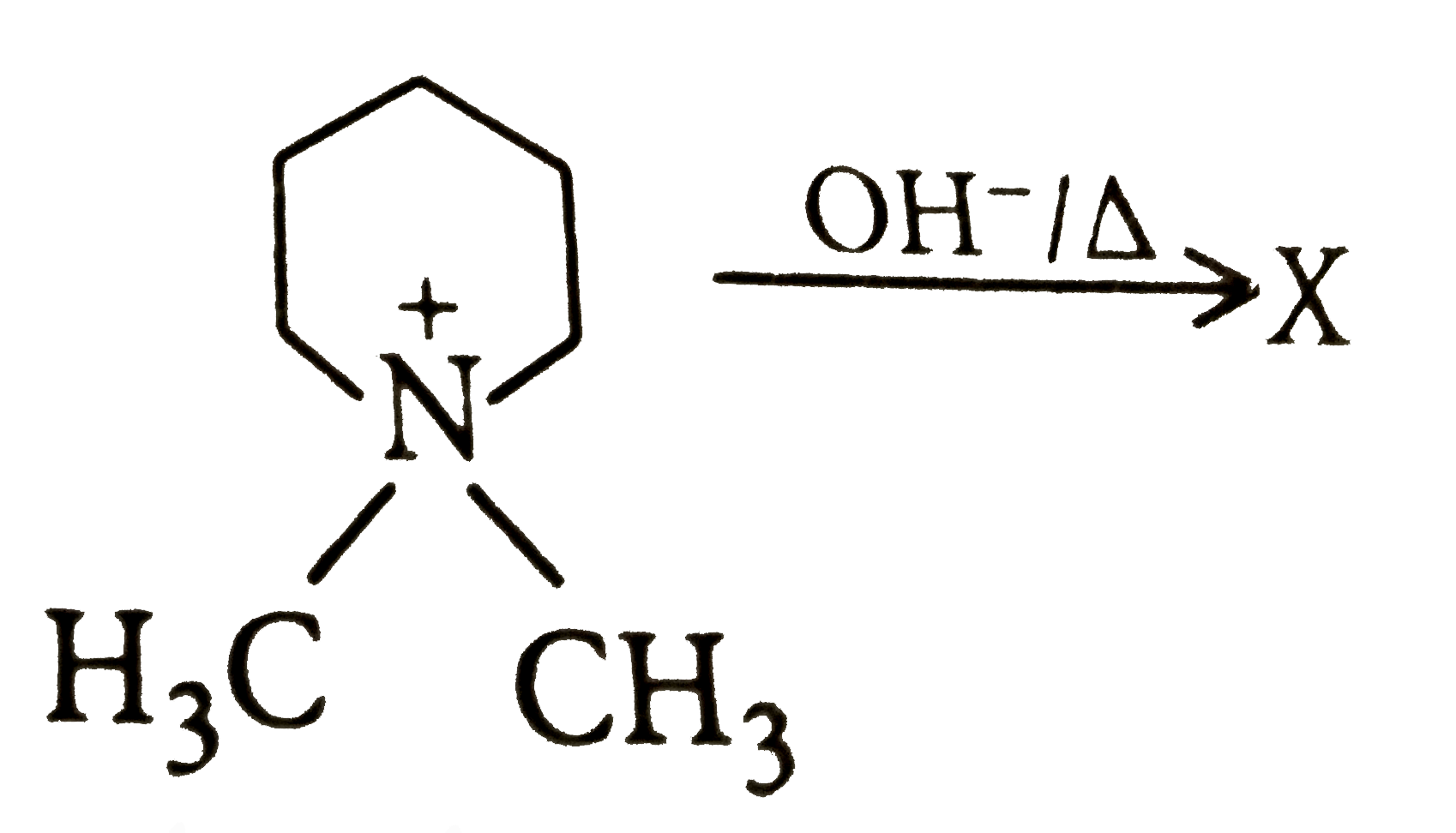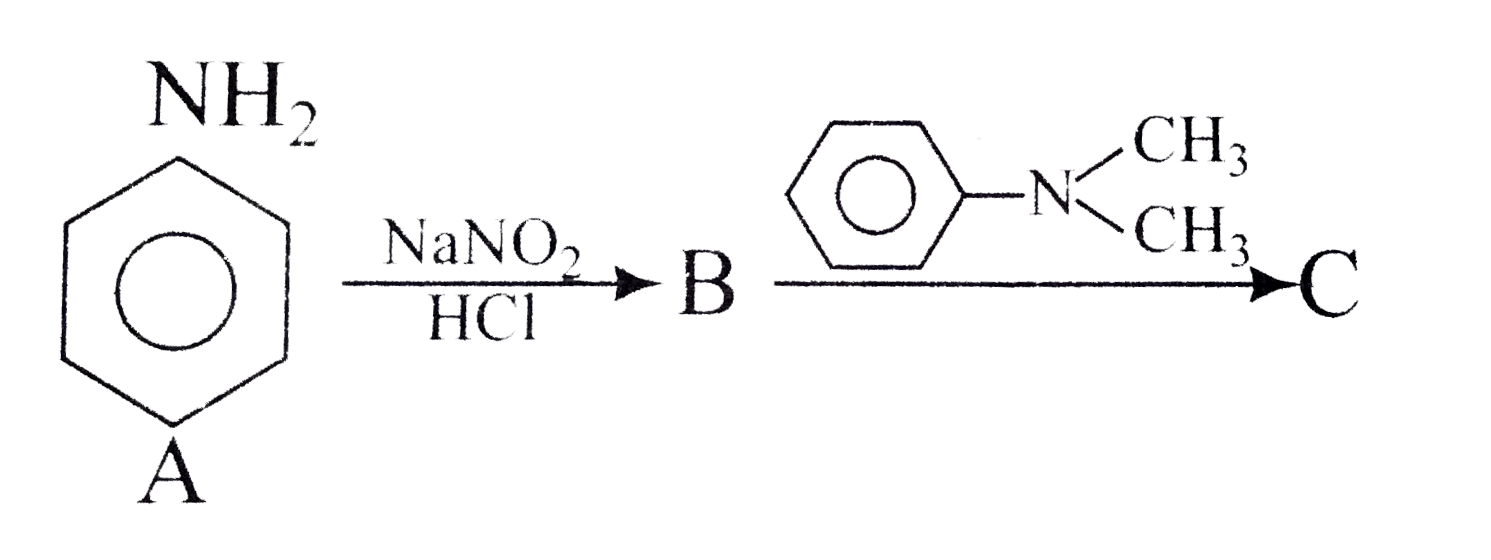Aniline in a set of the following reactions yielded a coloured product 'Y'.
The structure of 'Y' would be:




The correct Answer is:A
To solve the question regarding the colored product 'Y' obtained from aniline through a series of reactions, we can break down the process step by step.
Step 1: Formation of Diazonium Salt
Aniline (C6H5NH2) is treated with sodium nitrite (NaNO2) and hydrochloric acid (HCl) at low temperatures. This reaction converts the amino group (-NH2) into a diazonium group (-N2+), forming benzenediazonium chloride.
Reaction:
C6H5NH2+NaNO2+HCl→C6H5N+2Cl−+NaCl+2H2O
Step 2: Coupling Reaction
The diazonium salt (C6H5N2+Cl-) is then reacted with N,N-dimethylaniline (C6H5N(CH3)2). This is a coupling reaction where the diazonium group reacts with the aromatic ring of N,N-dimethylaniline to form an azo compound.
Reaction:
C6H5N+2+C6H5N(CH3)2→C6H5N2C6H4N(CH3)2+H+
Step 3: Structure of the Product 'Y'
The product formed from the coupling reaction is an azo dye, which typically has a vivid color. The structure of the azo dye formed in this reaction can be represented as follows:
- The azo group (-N=N-) connects the two aromatic rings (one from the diazonium compound and the other from N,N-dimethylaniline).
Final Structure of 'Y':
The colored compound 'Y' is an azo dye with the following structure:
C6H5N2C6H4N(CH3)2
Conclusion:
The colored product 'Y' formed from the reactions involving aniline is an azo dye, which is typically red in color.
---
Aniline (C6H5NH2) is treated with sodium nitrite (NaNO2) and hydrochloric acid (HCl) at low temperatures. This reaction converts the amino group (-NH2) into a diazonium group (-N2+), forming benzenediazonium chloride.
C6H5NH2+NaNO2+HCl→C6H5N+2Cl−+NaCl+2H2O
The diazonium salt (C6H5N2+Cl-) is then reacted with N,N-dimethylaniline (C6H5N(CH3)2). This is a coupling reaction where the diazonium group reacts with the aromatic ring of N,N-dimethylaniline to form an azo compound.
C6H5N+2+C6H5N(CH3)2→C6H5N2C6H4N(CH3)2+H+
The product formed from the coupling reaction is an azo dye, which typically has a vivid color. The structure of the azo dye formed in this reaction can be represented as follows:
The colored compound 'Y' is an azo dye with the following structure:
C6H5N2C6H4N(CH3)2
The colored product 'Y' formed from the reactions involving aniline is an azo dye, which is typically red in color.
Similar Questions
Knowledge Check
In a set of reactions, acetic acid yielded a product D.

The structure of D would be :A B
B C
C D
D
Which of the following reactions would produce same product?
A B
B C
C D
D
Consider the following sequence of reactions

The end product Y has structure :A B
B C
C D
D
Aniline in a set of reactions yielded a product D
The structure of the product D would be -

View SolutionThe end product of the following reaction would be

View SolutionIn the following reaction

The organic product X has the structure
View SolutionAniline in a set of reactions yield a product D.

The Structure of the product D would be :
View SolutionIn the following sequence of reactions find final product Y
_CHE_E06_273.png)
View Solution

